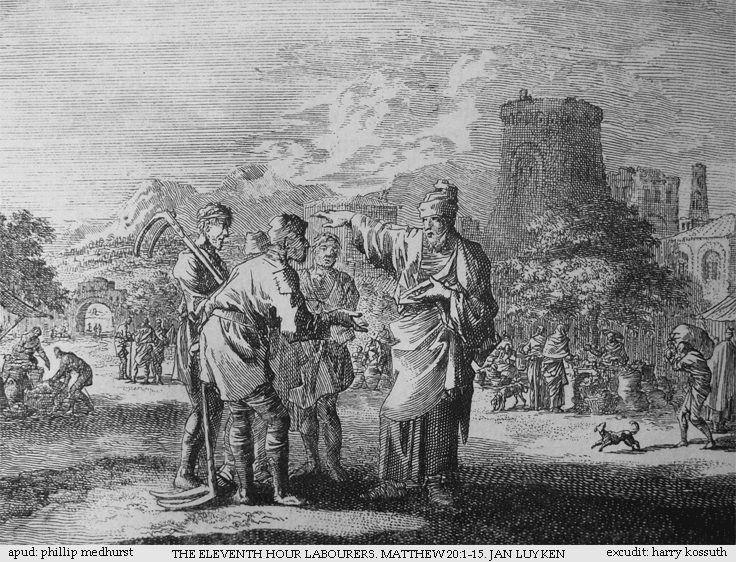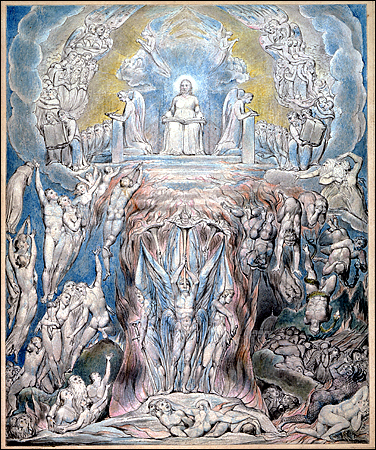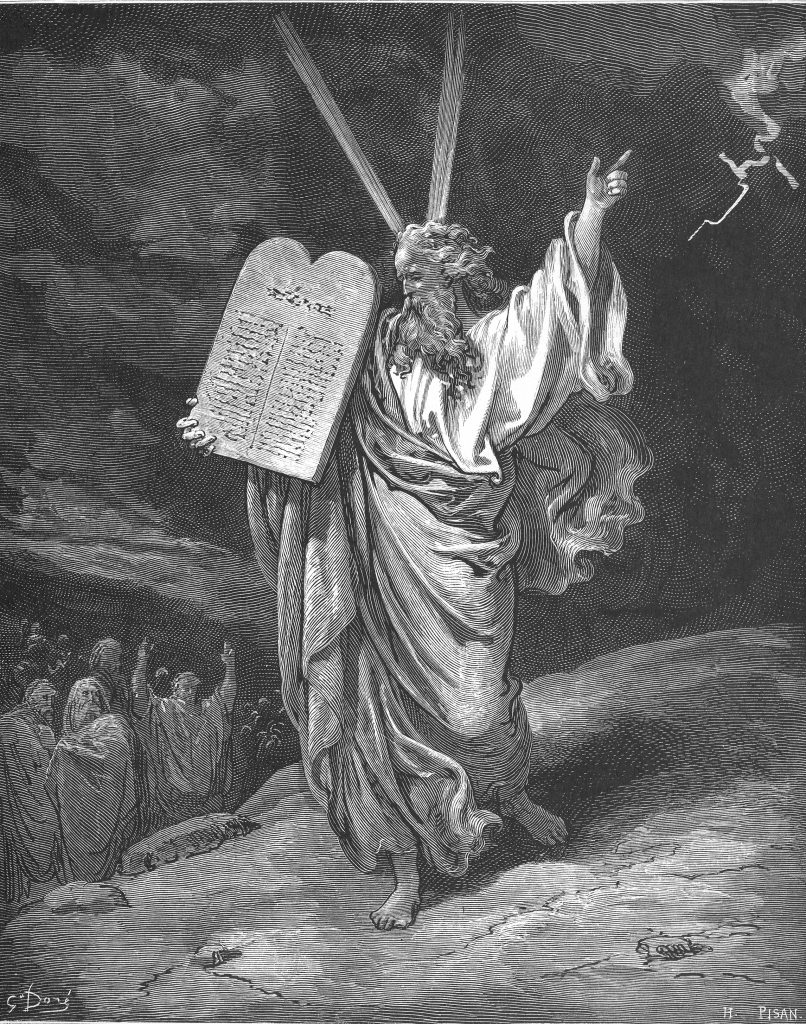Dear Brothers and Sisters,
Over the last couple of years, I’ve experienced great joy on several occasions. I’ve shared the joy of close friends becoming first-time grandparents, and others celebrating the marriage of adult children (I participated in a few of those weddings—what a joy!). Recently I learned that a dear friend in France was hospitalized with a life-threatening infection in one of his feet. I shared his deep concern, which, thank God, turned to joy for us all when it was announced that he was improving and his foot would not need to be amputated.

A few weeks ago my wife Tammy, her mother May and I experienced great joy attending our daughter Stephanie’s graduation. The joy was heightened when one of her favorite professors said to us that “Stephanie is a creative genius.” What parent or grandparent wouldn’t be filled with joy hearing that? Perhaps you can see our joy in the picture at right. Though it’s hard to tell, I think the one feeling the most joy was grandma!
Obtaining a master’s degree from Cal State University required a lot of effort on Stephanie’s part—seemingly endless reading and writing of papers, while working part-time jobs. But the reward of graduation is great, and it was wonderful to share her big moment as we experienced together a communion of joy!
Forgive me if my musing seems like bragging—I’m experiencing lingering joy mixed with nostalgia—like that experienced by the father (played by Steve Martin) in the movie Father of the Bride, who looked with joy on his mature daughter but saw a toddler in her booster chair. I relate!
As I thought about the topic of joy, I was reminded of the many times joy is mentioned in the Gospels. Upon learning that she would give birth to the Savior, Mary said this: “My soul glorifies the Lord and my spirit rejoices in God my Savior” (Luke 1:46-47). At Jesus’ birth, an angel appeared to the shepherds proclaiming this: “I bring you good news that will cause great joy for all the people” (Luke 2:10). And who can forget Jesus’ statement: “I have told you this so that my joy may be in you and that your joy may be complete” (John 15:11). These are examples of overflowing spiritual joy, and we magnify God when, in joy, we give thanks for his many gifts including creation and especially his salvation.
Sadly, philosopher Friedrich Nietzsche reflected the thinking of many in claiming that Christians are joyless, anti-human and anti-life. But the truth is just the opposite. Note this from the apostle Paul:
Brothers and sisters, we want you to know about the grace that God has given the Macedonian churches. In the midst of a very severe trial, their overflowing joy and their extreme poverty welled up in rich generosity. (2 Cor. 8:1-2)
Paul was admonishing believers in Corinth to follow the example of believers in the Macedonian churches who, despite severe trials, experienced a joy that led them to be generous in helping others despite their poverty. The source of their joy was not their possessions, but their salvation—their communion with the triune God. The word communion means sharing in common, and these believers, in communion with others in the body of Christ, joyfully shared what they had, meager though it was. The joy they experienced was a sharing in Jesus’ own joy and generosity—loving as he loves (John 13:34).
Jesus, the Bread of Life, shared his life with us. Jesus, the Redeemer, shared his love for us by laying down his life for us. Indeed, this is the greatest love. When we receive the bread and wine of Communion we are sharing in the life and love of Jesus that reaches all the way back to before the foundation of the world when we, along with all humanity, were chosen to be in Christ (Eph. 1)—chosen to share in the love and life that is shared by the Father, Son and Spirit. Communion, then, is about God’s desire to share himself with us by determining to adopt us as his sons and daughters. As we learn in John 17:1-26, it’s about being one with each other and with the Father as Jesus is one with the Father and with us.

(used with permission)
This communion is made possible by the ministry of the Holy Spirit who unites us to Jesus and so to each other. By the Spirit, Jesus lives in us and we live in him. Knowledge of this union and communion brings us great joy even in the midst of suffering as we recall that “for the joy set before him [Jesus] endured the cross” (Heb. 12:2). Jesus experienced joy knowing his sufferings were leading to our salvation. And when we suffer, we too experience joy knowing God takes our suffering and redeems it, making it serve his redemptive purposes.
On the cross, Jesus also experienced joy anticipating the great blessing of returning (via the ascension) to the Father. Peter noted this in his Pentecost sermon (Acts 2:28) by quoting Psalm 16:11, which gives prophetic voice to Jesus’ declaration: “You will fill me with joy in your presence.” We too experience great joy when God blesses us with wonderful things like the birth of a child, their baptism, graduation, marriage and birth of their own children. I’m rejoicing knowing that at least 40 congregations have joined GCI so far this year—what a blessing!
With these thoughts in mind about communion and the joy it brings, let me share a closing benediction:
May the God of hope fill you with all joy and peace in believing, that you may abound in hope by the power of the Holy Spirit. (Rom. 15:13)
Thanking God for our communion of joy,
Joseph Tkach



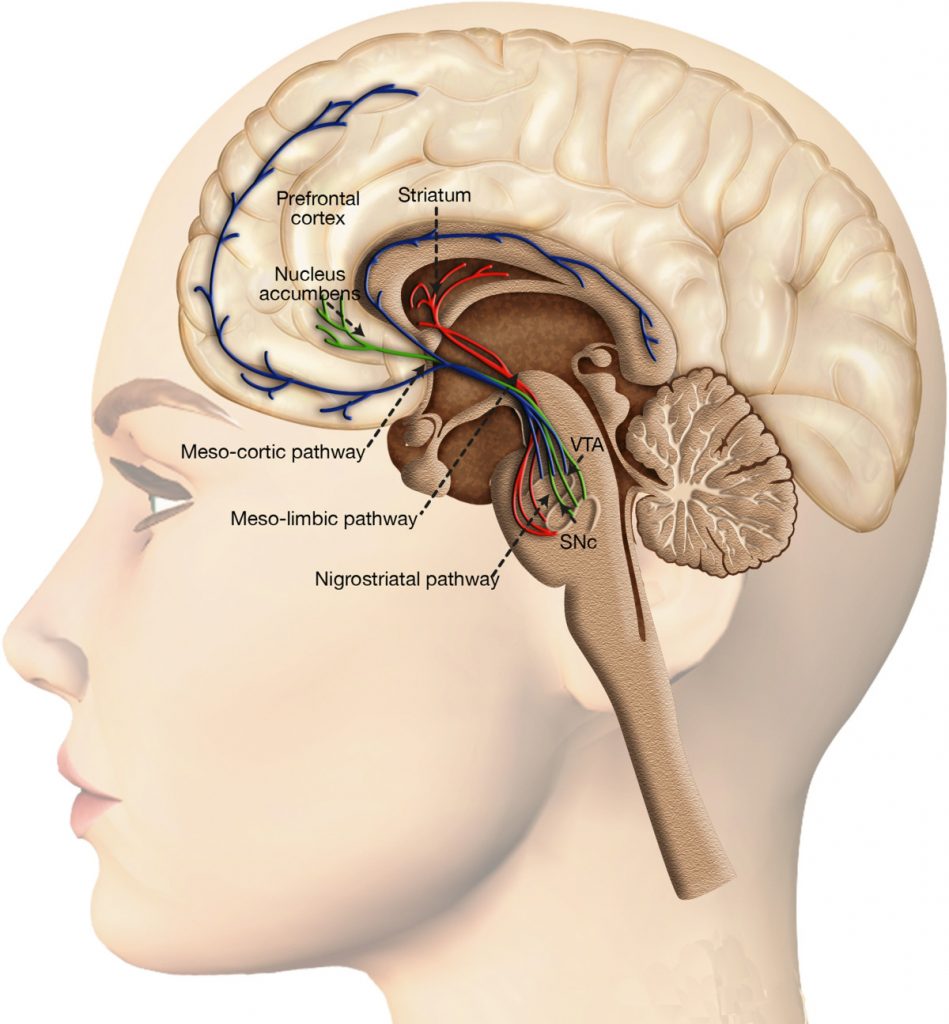

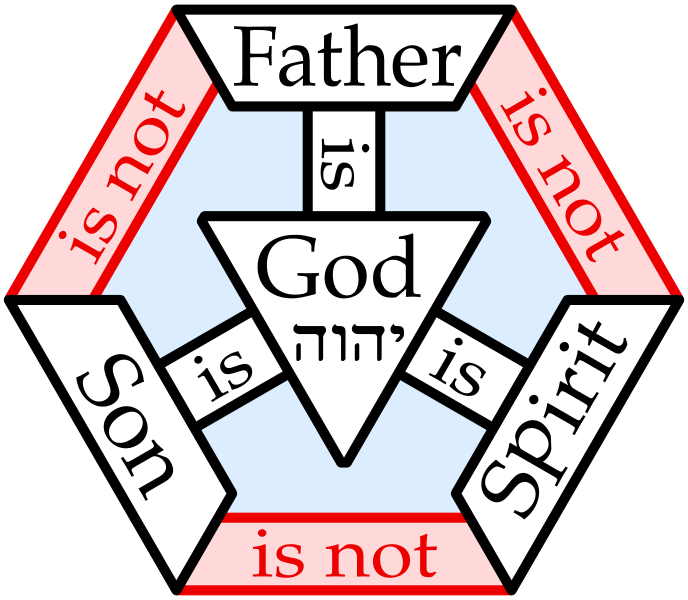
 Perhaps you remember
Perhaps you remember 